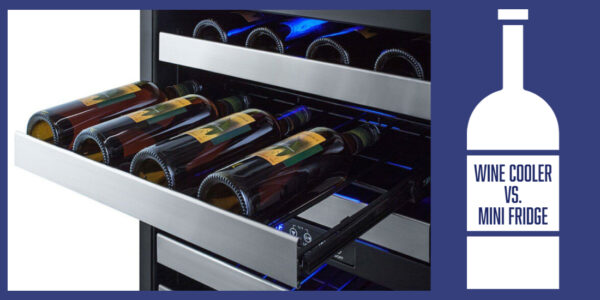
Having trouble understanding the differences between a wine cooler versus a mini fridge? You’re not alone. Many business owners and homeowners looking to preserve their wines have the same problem. The truth is, while these storage methods are similar in function, the differences between them are enough to negatively impact quality and taste.
Below, we’ll highlight the main differentiating aspects of utilizing a wine cooler versus a fridge. That way, you can make a more informed decision and feel confident in your upcoming purchase.
Temperatures
With everything that goes into winemaking, it shouldn’t come as a surprise that there’s a science to storage as well. Proper temperature plays a big part in storage. As such, the most problematic dissimilarity for a wine cooler versus a wine fridge is the temperature range.
Ideal conditions vary based on the type of wine. The recommended range for red wines is 50 degrees Fahrenheit to 65 degrees Fahrenheit and white wines is 45 degrees Fahrenheit to 50 degrees Fahrenheit. Consistency and temperature drop rates are important as well when comparing a mini fridge with a wine cooler versus a beverage cooler.
Wine Fridge Temps
Wine cooler temperatures range up to 65 degrees Fahrenheit and fall to a minimum of 45 degrees Fahrenheit. These are optimal for preserving both reds and whites. While adjustable, coolers maintain this range to keep wine in perfect condition year after year.
Mini Fridge Temps
A mini fridge has a temperature range of 35 degrees Fahrenheit to 42 degrees Fahrenheit. Although this can keep a wide range of perishables fresh, these temperatures are far too cold for wine. The result is a negative impact on taste and aroma.
Humidity Levels
Another essential factor to consider is humidity. Wine requires specific levels of humidity — ideally 50% to 70% — to prevent the cork from shrinking and becoming porous. Typically, the humidity levels for a cooler or wine fridge versus a mini fridge will differ.
Wine Fridge Humidity
Wine coolers are designed to set and maintain humidity levels. Many will offer a range of 55% to 85% to better match the cooler’s contents.
Mini Fridge Humidity
Mini fridges, on the other hand, extract humidity to keep a wide range of perishables dry. Because the average fridge is set to a lower temperature, humidity sits around 65%. They also vibrate since the mini fridge is cooled via compressors. Such vibration is not good for wine quality.
Price Ranges
The cost of a mini fridge versus a beverage cooler, such as a wine cooler, also sets these two appliances apart.
Wine Fridge Prices
As the technology is more advanced, wine coolers tend to cost more than mini fridges. The average price ranges from $300 to $3,500 for a small, 20-39 bottle model. Wine coolers are also more expensive due to the higher demand of a niche market.
Mini Fridge Prices
There are a lot of companies offering mini fridges, which makes them more affordable, with a price range of $160 to $1,500. The parts involved are also less costly to produce when compared to the thermoelectric technology of many wine coolers.
Can You Use a Mini Fridge as a Wine Cooler?
Although the short answer is, “Yes, you could,” there are plenty of reasons why wine enthusiasts don’t. If you plan to only store wine inside, keep it for more than a few months and maintain an impressive quality, go for a wine cooler. If, however, your goal is to store multiple beverages for a short duration, a fridge could serve you just fine.
Here at Iron Mountain Refrigeration, we offer high-quality wine coolers for connoisseurs, kegerators and so much more. Reach out to us today to learn more about our full lineup of professional grade wine fridges or if you have any questions!



















